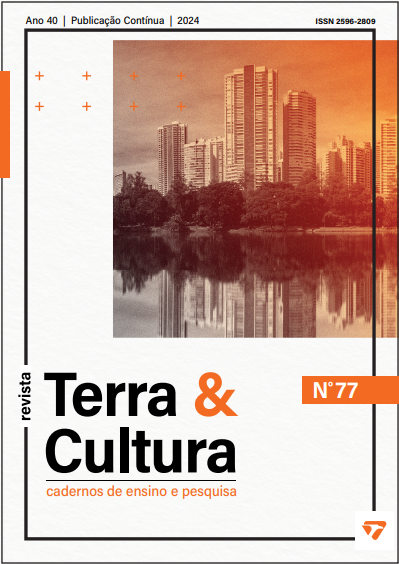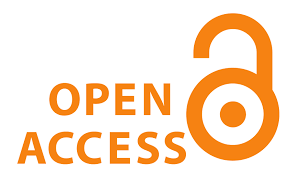Avaliação de tecnologias sustentáveis no desenvolvimento inicial de plântulas de soja (Glycine Max)
Resumo
O objetivo deste trabalho foi avaliar o desenvolvimento inicial de plântulas de soja (Glycine max) submetidas aos medicamentos homeopáticos Arsenicum album e Antimonium crudum 15 CH e 201 CH, Ácido giberélico 6 e 15 CH e ao biofertilizante Supermagro 5% e 10% de diluição. Foram realizados dois testes: o índice de velocidade de germinação e o teste de germinação, utilizando como substrato folhas de papel Germitest. Os resultados foram submetidos à análise de variância e as médias foram comparadas pelo teste de Tukey (p<0,05). As sementes tratadas com Supermagro 10% e o medicamentos homeopáticos Antimonium crudum 201 CH, apresentaram maior desenvolvimento em tamanho de raiz e parte aérea além de maior porcentagem, de plântulas normais, enquanto que as sementes tratadas com ácido giberélico apresentaram maior porcentagem de plântulas anormais de soja e menor comprimento aéreo e de raiz.











